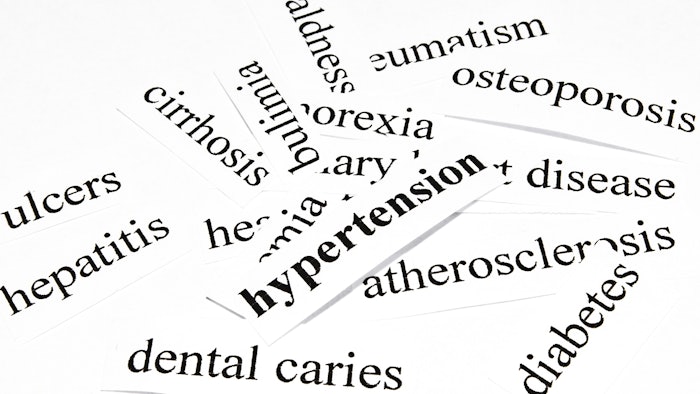Progressive Hypertension and Severe Left Ventricular Outflow Tract Obstruction

A 73-year-old woman had been monitored in our clinic for a number of years, after being diagnosed with essential hypertension in 1994. Her background included hypercholesterolemia, hypothyroidism, obesity and asthma.
Her antihypertensive regimen had included a combination of dihydropyridine calcium channel antagonists, fluctuation between amlodipine and lercanidipine over the years, as well as thiazide. She was also taking a statin, a thyroxine replacement and inhalers. As she had previously been troubled by a cough when using an angiotensin-converting enzyme inhibitor, we avoided that treatment.
Looking over her trajectory from 2010 to 2013, we can see that she had generally reasonable blood pressures in clinic and at home (Table). The key issues were that she developed ankle swelling while taking amlodipine in 2012 and was, therefore, converted to lercanidipine by her general practitioner. In 2012, one slightly elevated clinic reading led to an uptitration of lercanidipine. Overall, she has been relatively stable on this regimen.
The full text of this article can be found at https://www.ahajournals.org/doi/10.1161/HYPERTENSIONAHA.119.13343.